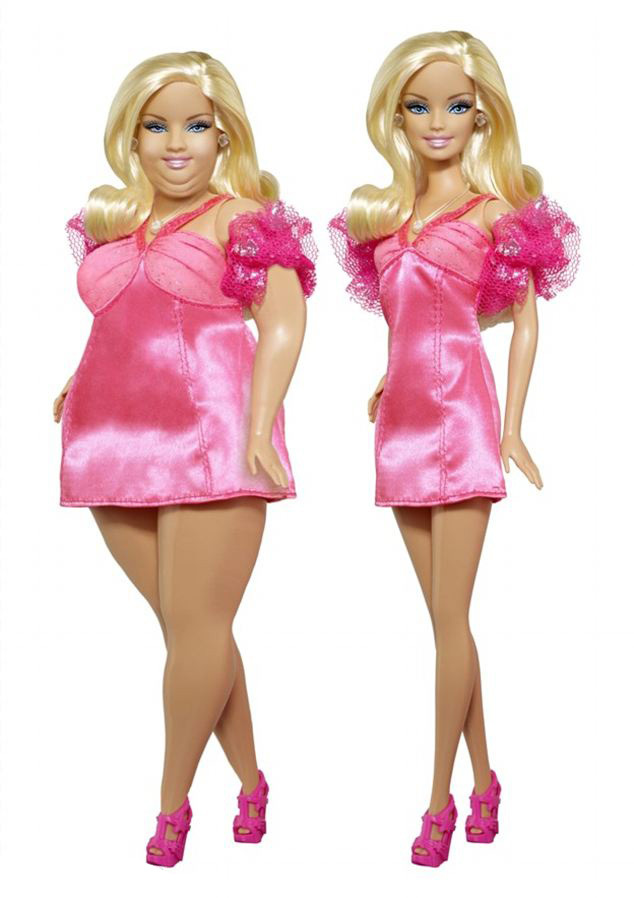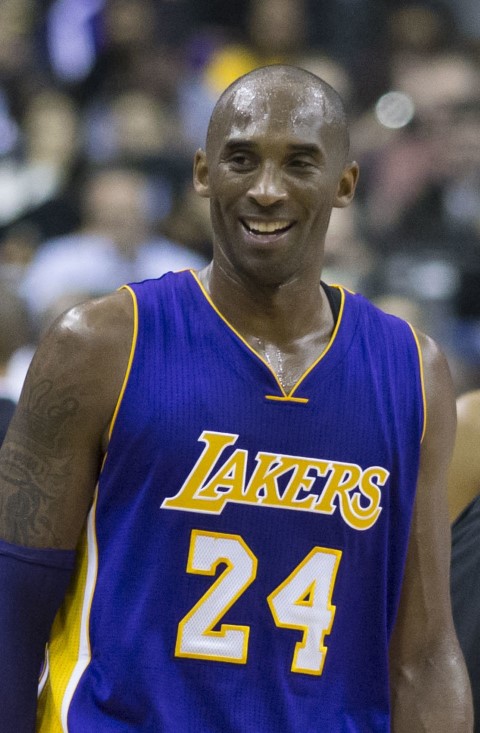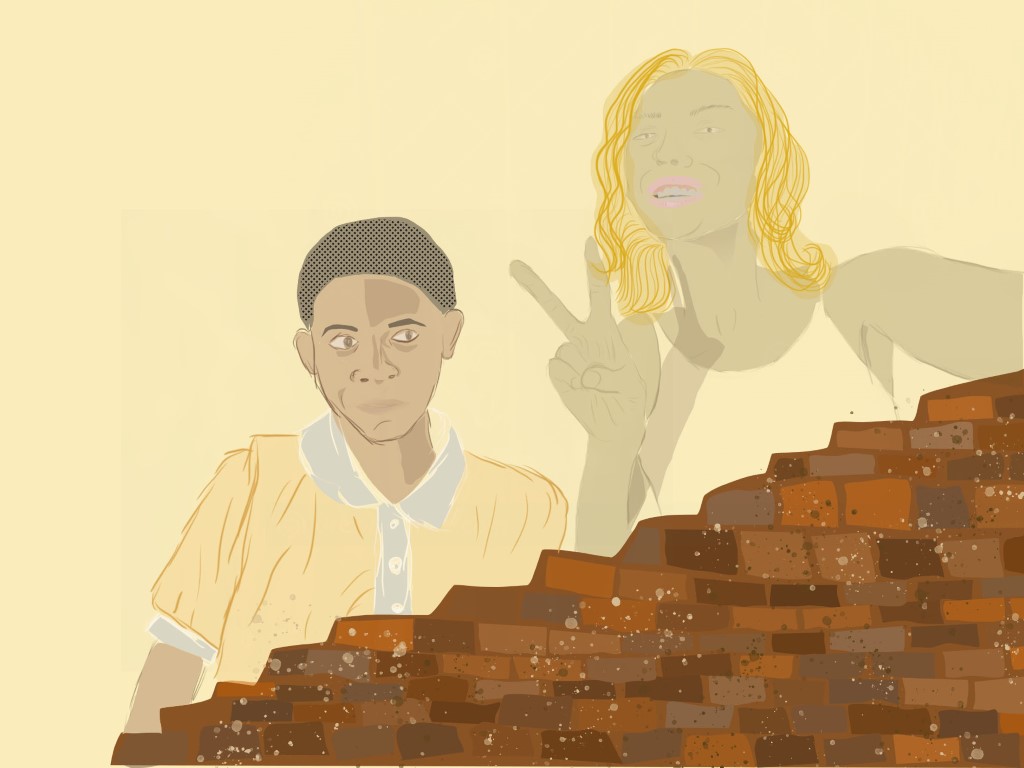Stop toying with body confidence
By Sharon Miki, Humour Editor
“Should toy companies start making Plus-Sized Barbie dolls?”
A group called Plus Size Modeling posed that question on their Facebook page last month, and the query—which was accompanied by an artist’s rendering of what Barbie might look like if she carried some extra pounds—has ignited some heavy debate over the role an iconic toy like the Barbie doll has in shaping the body confidence of young children. Would having a bigger Barbie make overweight girls feel more comfortable with themselves because they could (literally) play with a plus-sized role model? Or would having a bigger Barbie encourage obesity in children who might otherwise have been pillars of leanness? In my opinion, neither, because Barbie is—like a Furby or Mr. Potato Head— just a toy.
Whether you personally find the plus-sized Barbie visually appealing or not, how a human-like toy is made to look shouldn’t—and I believe, doesn’t really—have any significant impact on how girls and women view their bodies. For example, like many little suburban girls, I grew up playing with Barbie. Although most of my doll-time involved giving them haircuts or making them perform extreme stunts off the staircase, I was still engaging in the Mattel-based paradigm of little girldom. However, I also played with Transformers and made Optimus Prime act out elaborate romantic tales with my Tamagotchi. If how my toys looked made such a big impact on how I grew up to look and feel about my body, shouldn’t I now have a tiny Barbie waist with big wax lips and arms that turn into guns?
While I concede that Barbie dolls do present a fairly unrealistic version of what an average woman might look like (after all, if Barbie were scaled to an average human height, her measurements would be an incredibly disproportionate 36-inch bust, 18-inch waist, and 33-inch hips), I also think that it’s a waste of time to worry about marketing dolls to accurately look like real people, because no dolls accurately look like real people. Even the thinnest fashion models are unlikely to fit in with Barbie’s proportions. If this is how this particular toy looks, that doesn’t mean that it’s a slight to all of the non-plastic girls in the world; it just means that this is the shape that Barbie is most comfortable in.
As for those who are upset by the idea of a plus-size Barbie because they don’t find the doll with Barbie’s features and a double-chin attractive… well, first of all, no one is asking you to date an artist’s rendering of a plastic doll. Also, get over it: humans come in different shapes and sizes. While I don’t think that a doll needs to accommodate every possible body type in order for little girls to grow up with good role models and body confidence (since this responsibility should really fall to their parents and teachers), I also don’t think that it’s necessary to be, like, mad about a Barbie looking different from how she normally does. After all, if Barbie can be an astronaut and a mermaid, she can certainly be a size 18.
Should doll makers start making a plus-size Barbie à la image created for Plus Size Modeling? As I’ve stated, I don’t think that there is any real moral need to, and in the end I think the answer will come down to the money. If there is a market big enough for a new, plus-sized doll, I’m sure that Mattel will fill it. Hell, they can even call it “Barbie’s fun & fat friend, Sharon.” But the classic Barbie has been little girls’ doll of choice for more than 50 years, so I won’t cry if she keeps on giving them joy, even with her fictionalized physique.


